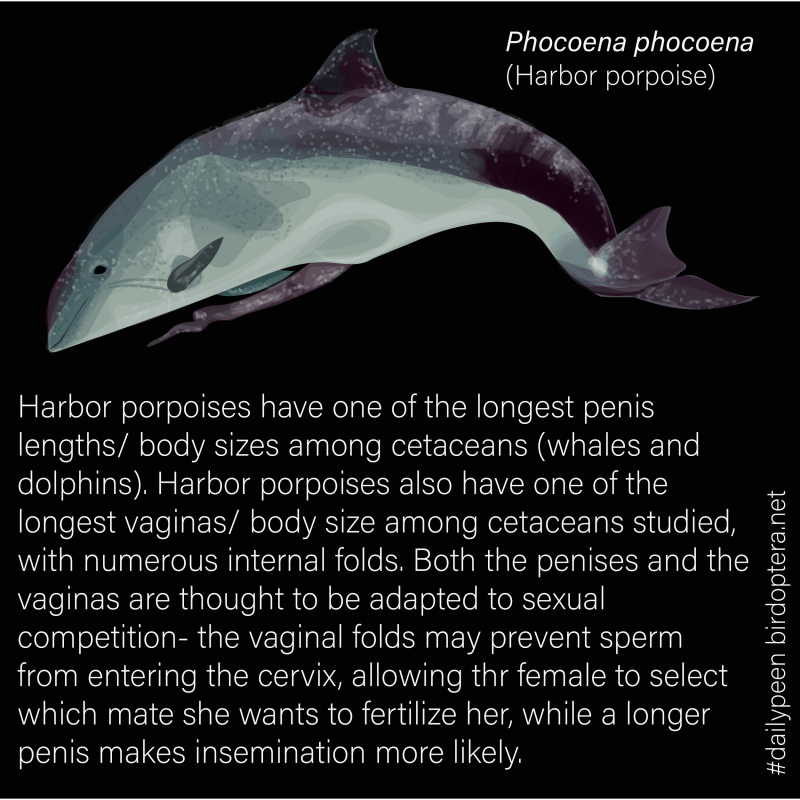
This is a series of little illustrated factoids about animal reproduction, posted daily. I’d love to hear your suggestions/ feedback. I also post these on my insta.
Reference: Shibukawa, K., Tran, D.D. and Tran, L.X., 2012. Phallostethus cuulong, a new species of priapiumfish (Actinopterygii: Atheriniformes: Phallostethidae) from the Vietnamese Mekong. Zootaxa, 3363(1), pp.45-51.
Austin, C.R., and Short, R.V. eds., 1986. Reproduction in Mammals. Cambridge University Press.









